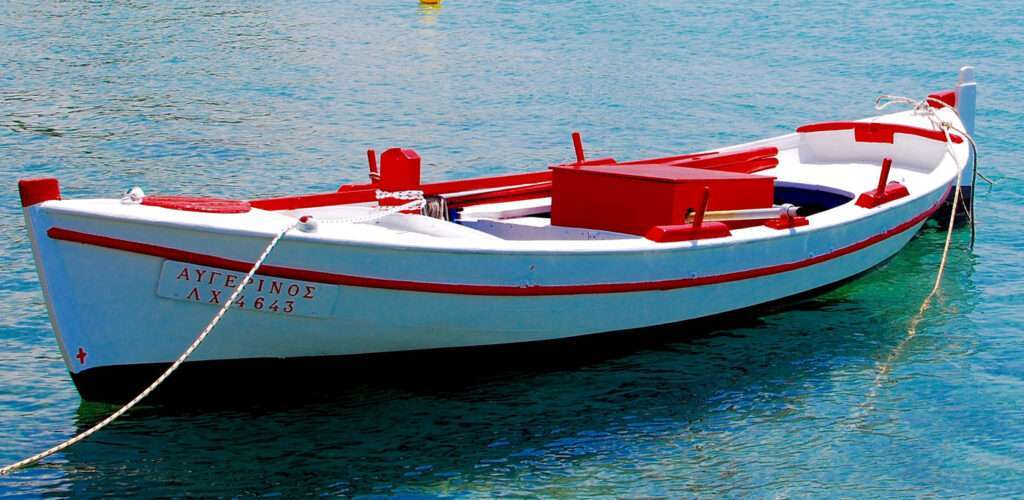If you have ever tried to paddle a two-person canoe, you know how challenging it is. When done correctly, it can look easy, but it takes practice and excellent teamwork. Do not expect to master the art of paddling your first trip out; this is just one of those activities that takes a bit of time to fully understand.
Step 1
Synchronize the forward stroke. If both people on opposite sides of the canoe stroke forward with their paddles at the same time, the craft will move forward in a straight line. If the canoe seems to turn one way or the other, one of you needs to paddle a bit harder or softer to match the other’s force. One key thing to note is that the hand closer to the end of the paddle does the most work, so it is a good idea to switch sides periodically to ensure that each arm gets an equal workout.
Step 2
Learn the forward and reverse sweep strokes for turning. The person at the stern, or rear, is the best one to turn the canoe, while the person at the bow, or front, should serve as the lookout. The sweep stroke is a powerful, C-shaped paddle movement that turns the canoe left or right. To make this stroke work, the paddle should be deeper in the water than in a normal stroke, and more vertical.
Step 3
Learn the J stroke, which keeps the canoe going straight. Known as the trickiest stroke of all to learn, this one should be done by the person at the stern every few paddles of the canoe. The technique is to complete all but 1/4 of a stroke, then turn the blade of the paddle about 1/4 turn to emulate a small reverse sweep at the very last part of the stroke
Step 4
Execute a backwater stroke to slow and stop the canoe. Either person or both can do this stroke simultaneously. The harder you stroke backward the faster the canoe will slow down. Although this stroke will effectively slow and stop the canoe, it is not an immediate process, and should be planned accordingly.
Step 5
Shift the canoe slightly using the draw stroke. This is the only special stroke the person at the bow will normally need to use, and is an effective way to gracefully avoid rocks or trees you may encounter in the river. If the draw stroke is not turning the canoe fast enough, the person at the bow can instruct the one at the stern to implement a draw stroke as well to sharpen the turn.

